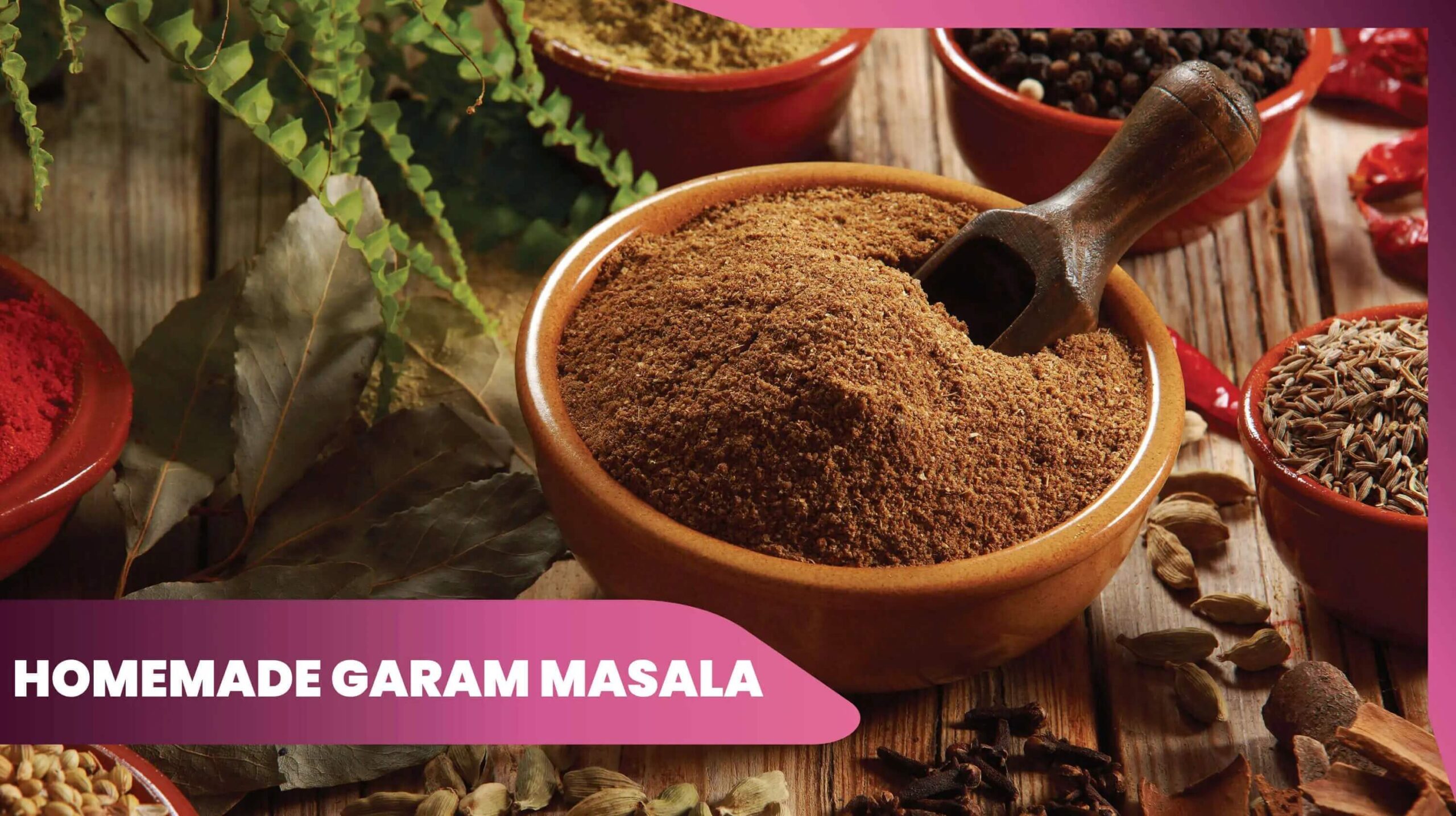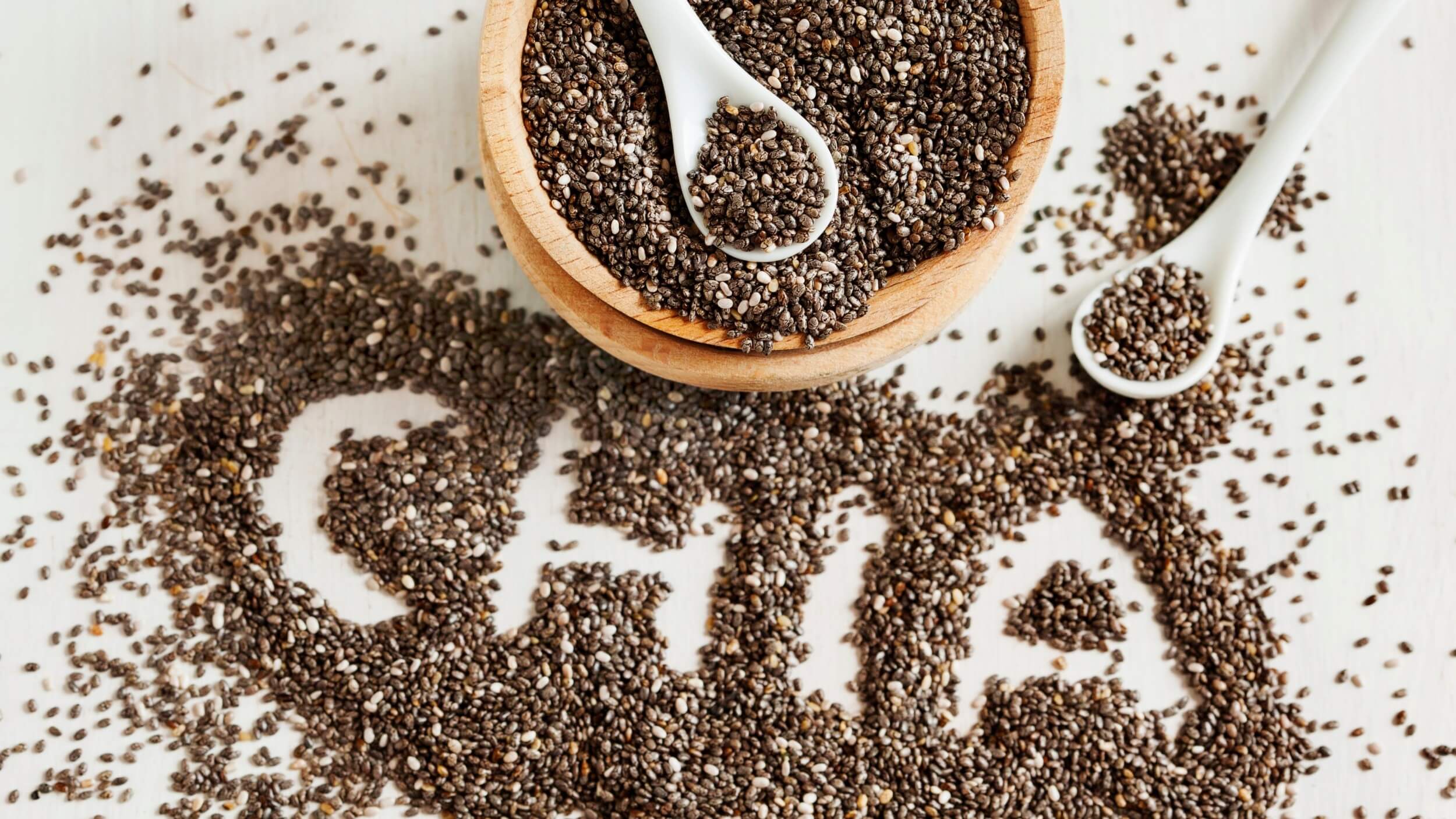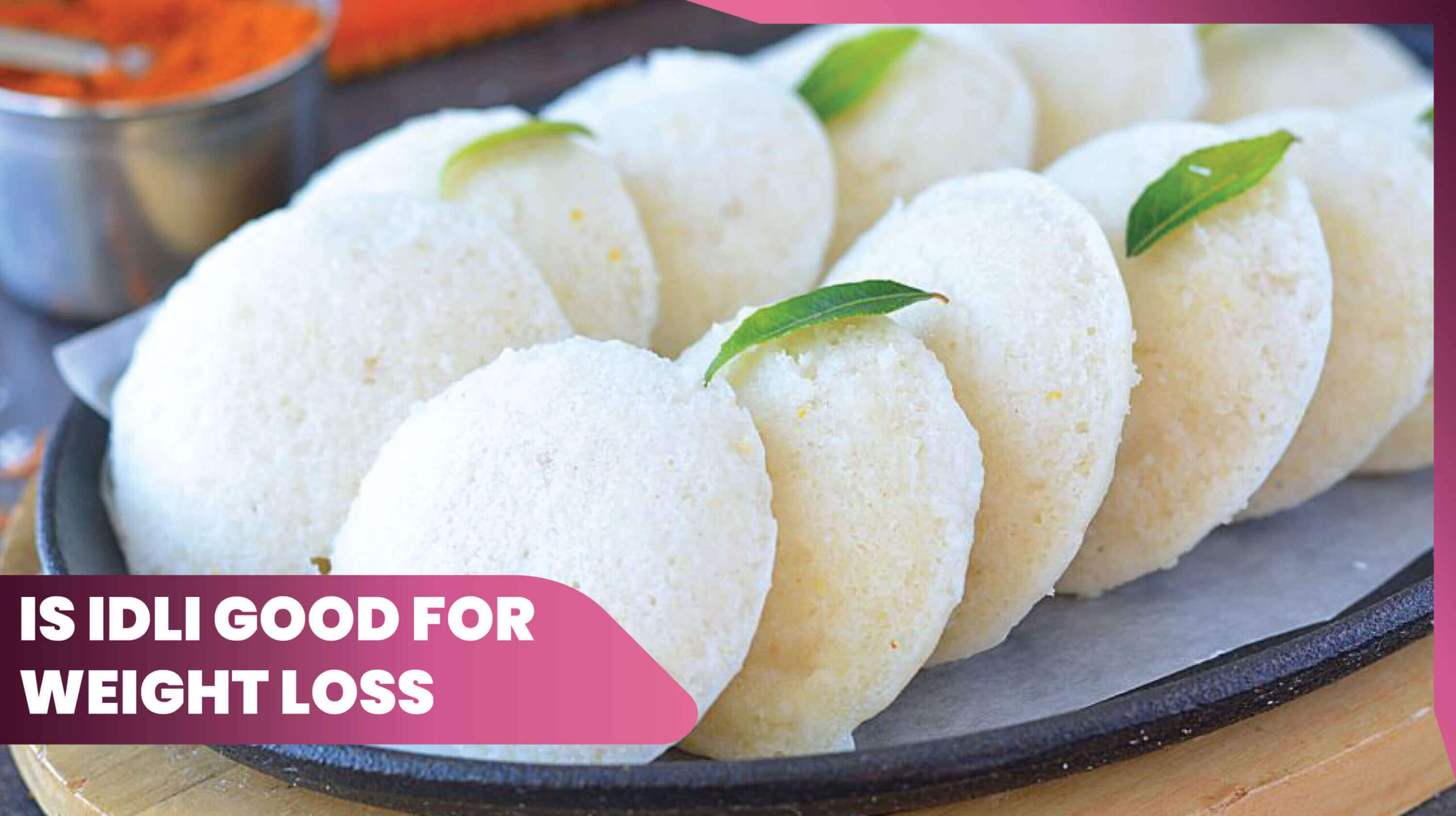Tired of bland food? Garam masala, a fragrant and flavorful spice blend, is here to save the day! This essential ingredient in Indian cuisine has captured hearts and palates worldwide. Its name might sound fiery, but it’s all about warmth and complexity.
In this blog, we’ll dive into the art of making garam masala, its secret ingredients, and the surprising health benefits hidden within. Plus, we’ll share a mouthwatering recipe that’ll make you fall in love with this magical spice blend.”
How to make Garam Masala at Home?
Garam masala is a blend of ground spices that varies from region to region in India, and each household might have its own unique recipe. However, some core ingredients are common to most garam masala recipes. Here’s how it’s typically made:
10 Common Garam Masala Ingredients
- Cinnamon (Dalchini)
- Green Cardamom (Choti Elachi)
- Black Cardamom (Moti Elaichi)
- Cloves (Laung)
- Black Peppercorns (Kali Mirch)
- Nutmeg (Jaiphal)
- Mace (Javitri)
- Bay Leaves (Tej Patta)
- Cumin Seeds (Zeera)
- Coriander Seeds (Sabut Dhaniya)
Health Benefits of Garam Masala
Each of these spices not only contributes to the complex flavor of garam masala but also offers unique health benefits:
- Cinnamon: Cinnamon is known for its sweet and warming flavor. Its health benefits include:
- Antioxidant Properties: Cinnamon is rich in antioxidants, which can help protect cells from damage caused by free radicals.
- Anti-Inflammatory Properties: It may have anti-inflammatory properties and help reduce inflammation in the body.
- Blood Sugar Regulation: Cinnamon may help lower blood sugar levels and improve insulin sensitivity in individuals with type 2 diabetes.
- Choti Elachi (Green Cardamom): Cardamom has a sweet and slightly floral flavor. Health benefits include:
- Digestive Aid: Cardamom can help with digestion and alleviate gastrointestinal issues like bloating and indigestion.
- Antioxidants Properties: It contains antioxidants that may protect cells from damage.
- Oral Health: Chewing on cardamom pods can freshen your breath and promote oral health.
- Moti Elachi (Black Cardamom) : Black cardamom has a smoky and robust flavor. It is used less frequently than green cardamom and has potential benefits similar to those of green cardamom.
- Cloves: Cloves have a robust and spicy flavor. Health Benefits such as:
- Anti-Inflammatory: Cloves contain compounds that may have anti-inflammatory properties.
- Pain Relief: Clove oil has been used for toothache relief and as a natural analgesic.
- Antioxidants: Cloves are rich in antioxidants that can help combat oxidative stress.
- Black Pepper: Black pepper adds heat and a spicy kick to garam masala. Its potential health benefits include:
- Digestive Aid: Black pepper can stimulate digestion and increase the absorption of nutrients.
- Antioxidants: It contains antioxidants that may help protect cells.
- Anti-inflammatory: Black pepper may have anti-inflammatory properties.
- Nutmeg: Nutmeg has a warm, nutty flavor. Some potential health benefits of nutmeg include:
- Digestive Health: Nutmeg can aid digestion and relieve stomach discomfort.
- Anti-inflammatory: It may have mild anti-inflammatory properties.
- Brain Health: Nutmeg contains compounds that could support brain health, although large quantities should be consumed sparingly.
- Mace is the outer covering of the nutmeg seed. It has a milder flavor than nutmeg and may have similar benefits, including digestive support and potential anti-inflammatory properties.
- Bay Leaves: Bay leaves have a subtle, herbal flavor. They are not typically used in large quantities in garam masala but can contribute to its overall taste. Bay leaves have potential benefits like improving digestion and reducing inflammation.
- Cumin Seeds: Cumin has a warm and earthy flavor. Some of its potential health benefits include:
- Digestive Health: Cumin can aid digestion and alleviate gas and bloating.
- Antioxidant properties: It contains antioxidants that may have health-promoting effects.
- Iron Absorption: Cumin may help improve the absorption of iron from food.
- Coriander Seeds: Coriander seeds have a citrusy, slightly sweet flavor. Their potential health benefits include:
- Digestive Aid: Coriander can help with digestion and relieve digestive discomfort.
- Anti-oxidants: It contains antioxidants that may help protect cells from damage.
- Cholesterol Reduction: Some studies suggest coriander may help lower cholesterol levels
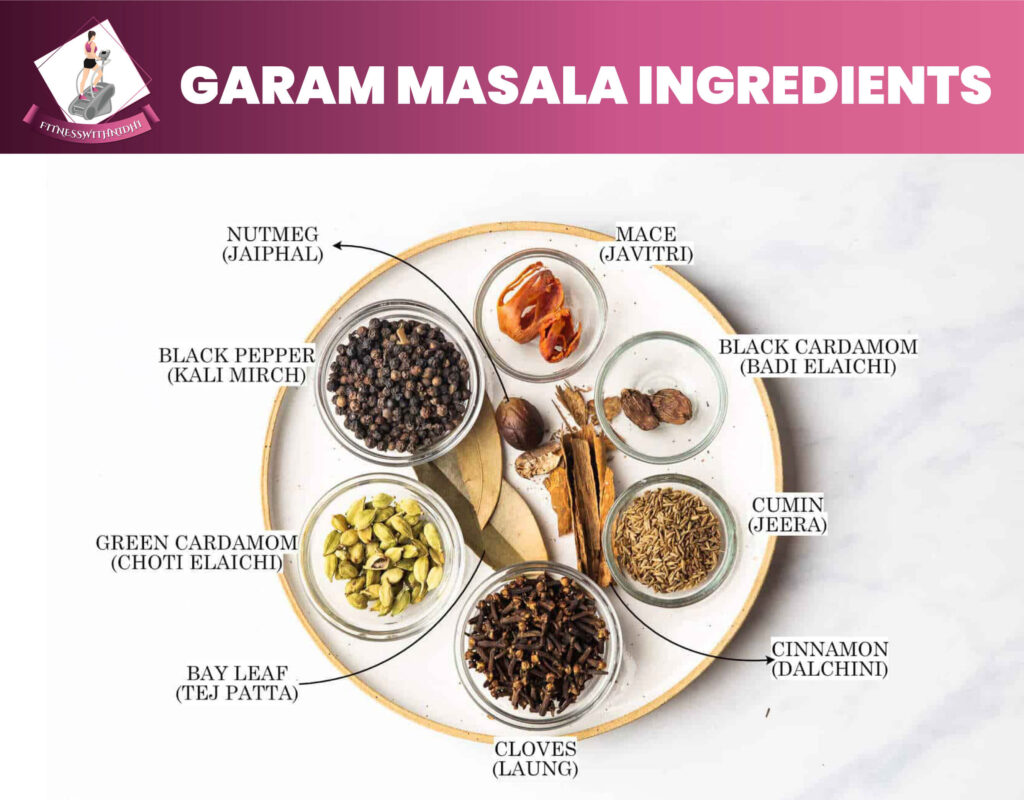
Spiced Roasted Vegetable Quinoa Recipe
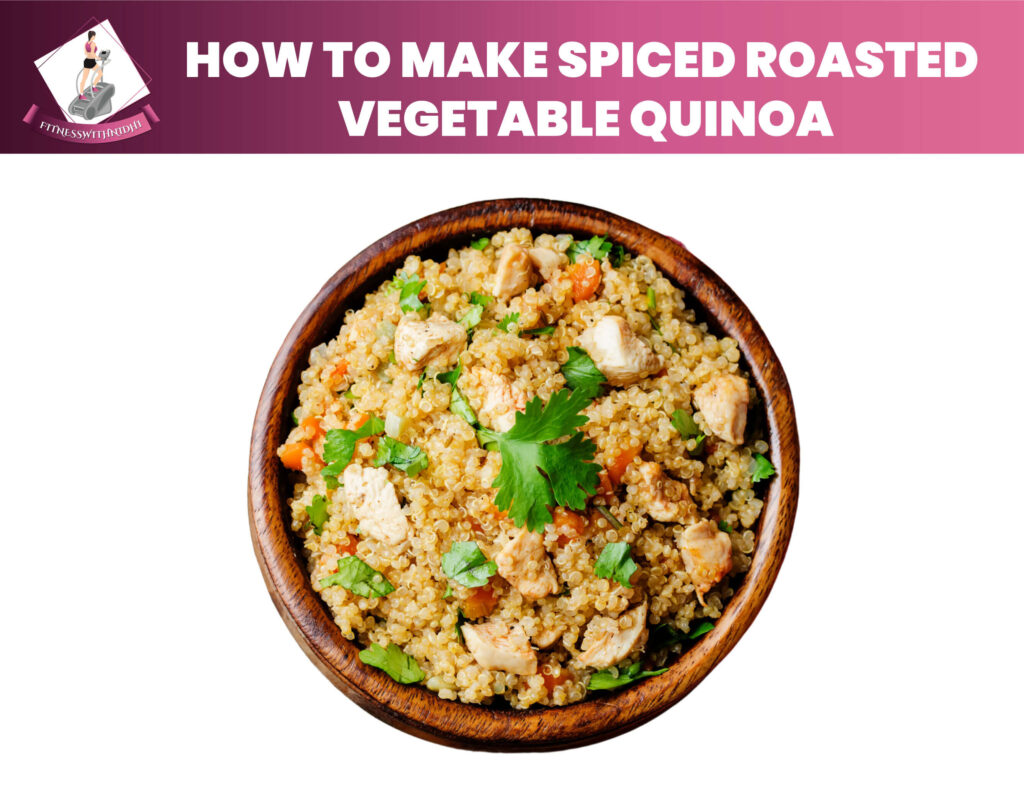
For the Roasted Vegetables:
- 2 cups mixed vegetables (such as carrots, bell peppers, broccoli, and cauliflower), chopped into bite-sized pieces
- 2 tablespoons olive oil
- 1 teaspoon garam masala
- 1/2 teaspoon ground cumin
- 1/2 teaspoon paprika
- Salt and black pepper to taste
For the Quinoa:
- 1 cup quinoa, rinsed and drained
- 2 cups water or vegetable broth
- 1/2 teaspoon salt
For the Yogurt Sauce:
- 1/2 cup plain Greek yogurt
- Tablespoon fresh lemon juice
- 1 clove garlic, minced
- 1/2 teaspoon garam masala
- Salt and black pepper to taste
How to make Spiced Roasted Vegetable Quinoa
Prepare the Roasted Vegetables
- Preheat your oven to 425°F (220°C).
- In a large bowl, combine the chopped vegetables with olive oil, garam masala, ground cumin, paprika, salt, and black pepper. Toss to coat the vegetables evenly with the spices and oil.
- Spread the seasoned vegetables in a single layer on a baking sheet.
- Roast in the preheated oven for 20-25 minutes or until the vegetables are tender and slightly caramelized, stirring once halfway through.
Cook the Quinoa
- While the vegetables are roasting, rinse the quinoa under cold water until the water runs clear.
- In a saucepan, combine the rinsed quinoa, water or vegetable broth, and salt. Bring to a boil.
- Reduce the heat to low, cover, and simmer for about 15 minutes or until the liquid is absorbed and the quinoa is tender. Remove from heat and let it sit, covered, for 5 minutes. Fluff with a fork.
Prepare the Yogurt sauce
- In a small bowl, whisk together the Greek yogurt, fresh lemon juice, minced garlic, garam masala, salt, and black pepper. Adjust the seasoning to taste.
Assemble the Dish
- Serve the roasted vegetables on a bed of cooked quinoa.
- Drizzle the yogurt sauce over the top or serve it on the side for dipping.

